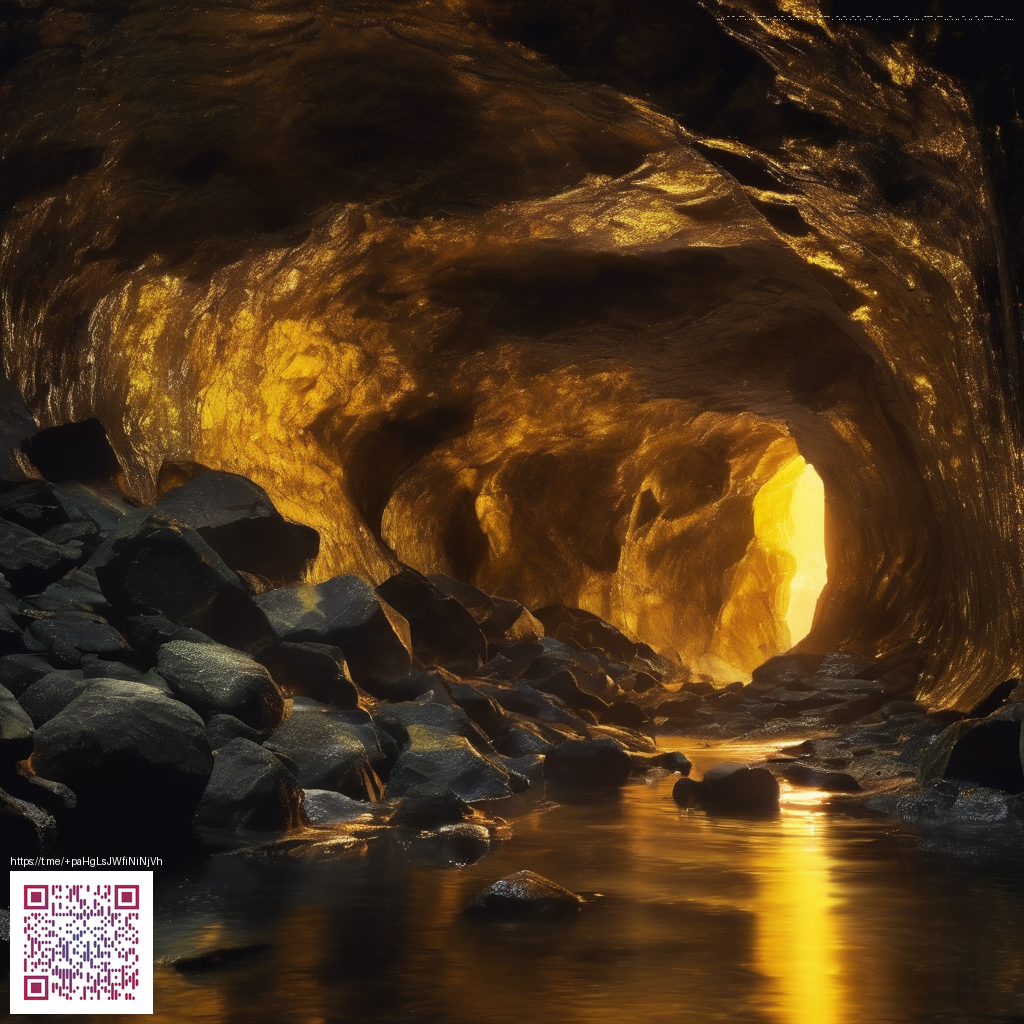
Texture as a Silent Translator in Ads
In the fast-scrolling digital environment, texture acts as a silent translator that informs viewers long before they read a word or inspect a product shot up close. Visual texture—whether it’s the gleam of a glossy surface, the subtle roughness of a matte finish, or the fine granularity of micro-details—signals durability, quality, and usability. When texture aligns with a brand story, viewers allocate more time to dwell, scan, and interpret the message rather than bounce away in a split second.
Take a practical example from the consumer tech space: a rugged phone case with an impact-resistant glossy finish. The glossy shine communicates protection, while the textured grip hints at real-world hand feel and reliability. This kind of texture pairing helps a viewer infer not just that the product exists, but that it will perform under pressure and feel good during everyday use. If you want to study this in context, you can explore product details at the Rugged Phone Case page here: Rugged phone case with glossy finish.
Texture doesn’t shout—it speaks softly and sticks around longer, turning quick views into engaged attention.
Texture Categories That Boost Retention
- Glossy surfaces signal clarity, precision, and speed. They’re excellent for tech, gadgets, and premium accessories where a fast-read impression matters.
- Matte finishes convey seriousness, durability, and restraint. They can help a product feel more premium and trustworthy in ads aimed at professional audiences.
- Textured micro-details such as embossed patterns or subtle ridges communicate authenticity and tactile realism, nudging viewers to trust what they see.
- Edge realism—showing how edges catch light or how a grip texture interacts with hand motion—enhances recall by simulating real-world use.
- Contrasting textures in close-ups (e.g., shiny shell vs. rugged grip) create visual interest and guide viewers’ eyes through the product narrative.
When texture choices reflect the product’s core benefits, ads become more legible at a glance. A viewer doesn’t just see a case; they perceive its promise of protection, comfort, and reliability. This alignment between texture and message reduces cognitive load, helping viewers stay with the content longer and process benefits more clearly. For those keeping an eye on practical outcomes, consider how the same principles apply across formats—from 6-second social clips to longer product explainers. A thoughtful texture strategy contributes to stronger dwell time and better memory encoding of the brand story, which can translate into higher intent to explore or purchase.
Designers should also think about how texture behaves under different lighting, screen sizes, and viewing angles. In mobile-first campaigns, texture must read at tiny scales and in quick swipes. Subtle textures that disappear on a small screen can undermine the very signals you’re trying to convey. Pair texture with clean typography, complementary color contrast, and purposeful motion to maintain readability without sacrificing tactile cues. For brands curious about how texture translates across contexts, a real-world reference point is the page that inspired this discussion: https://cryptoacolytes.zero-static.xyz/dfbc9689.html.
Practical Tips for Practitioners
- Use macro texture in product photography to imply durability without obscuring key design details.
- In videos, incorporate close-ups of light playing across a surface to reveal texture naturalistically.
- Match texture with the product’s stated benefits (e.g., rugged, protective, premium) to reinforce credibility.
- A/B test texture intensity: a glossy option may boost perceived quality, while a matte option may enhance perceived seriousness—choose what aligns with your audience.
- Ensure texture remains legible on mobile by avoiding overly subtle details that vanish at small sizes.
To explore a tangible example in the market, marketers often reference durable, premium accessories with finishes that communicate both resilience and ease of use. The right texture choice can turn a passive glance into an active scan, and a trustful impression into a click-through. By weaving texture thoughtfully into your creative, you help viewers feel the product before they touch it—and that emotional bridge is what sustains attention in a crowded feed.
Similar Content
Page URL: https://cryptoacolytes.zero-static.xyz/dfbc9689.html